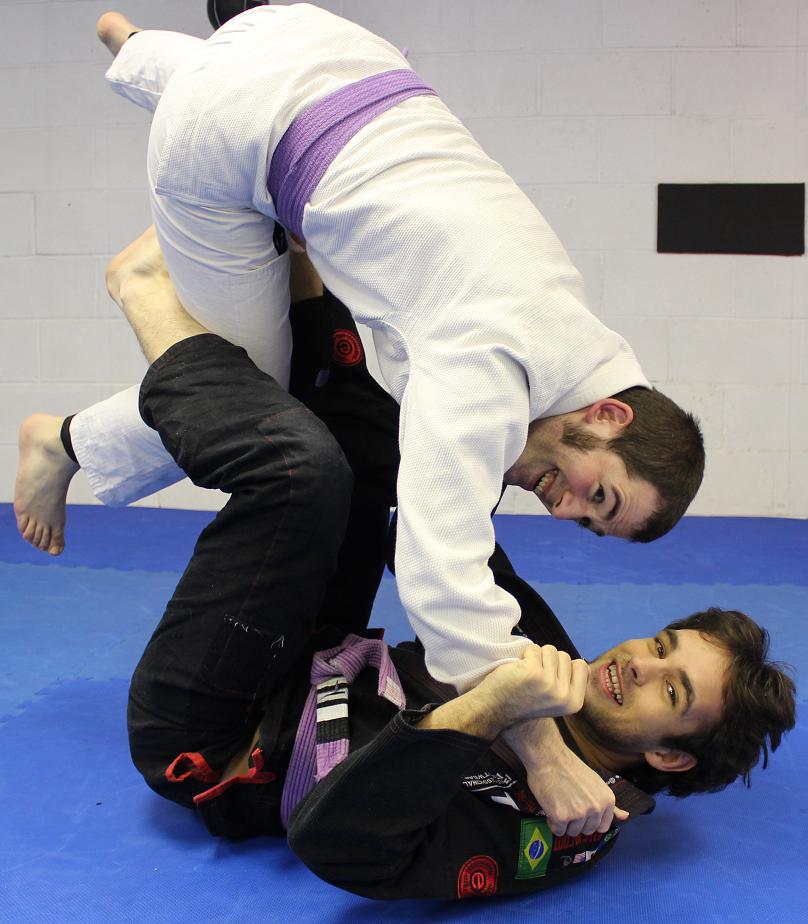
In closed guard, your legs are around the waist of your opponent, while in half you’ve captured one of their legs. Eventually, you will find that your opponent has been able to disengage your legs: that’s where open guard comes in.
With open guard, you do not necessarily start out attached to your opponent: your legs and arms can be in a vast number of different configurations, which results in countless open guard sub-types. Some of them involve grips on the legs, others manipulate the gi, some rely on hooking with the feet.
This month, we will be focusing on the basics of open guard, then moving on to some butterfly guard towards the end of January. We look forward to helping you navigate the complex terrain of open guard!
